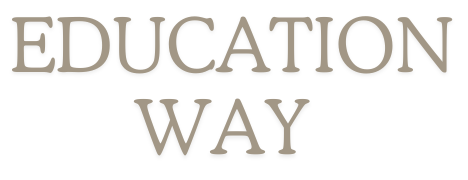
Global Anti-Plagiarism for the Education Sector Market to Gain from Rapid Advancement in Learning Platforms
The global anti-plagiarism for the education sector market size was USD 723.7 million in 2019. The global impact of COVID-19 has been unprecedented and staggering, with anti-plagiarism for the education sector witnessing a negative impact on demand across all regions amid the pandemic. Based on our analysis, the global market will exhibit a lower growth of 13.2% in 2020 compared to the average year-on-year growth during 2016-2019. The market is projected to grow from USD 819.5 million in 2020 to USD 2,029.4 million in 2027 at a CAGR of 13.8% between 2020 and 2027. The rise in CAGR is attributable to this market’s demand and growth, returning to pre-pandemic levels once the pandemic is over.
Anti-plagiarism software navigates through an uploaded document and offers an aggregate percentage of text similarities with other databases. The demand for this software for the education sector shows exponential growth due to the increase in online education platforms and improved technology-based study patterns. Also, learning management software providers such as Moodle, Blackboard, Canvas, and Schoology, among others, are integrating anti-plagiarism software with their learning management platforms. This is likely to boost the demand for such software in the education sector. Similarly, Germany, the US, the UK, India, and countries in the GCC are implementing stringent rules and regulations for anti-plagiarism for higher education universities and institutions.
Increasing Demand for Anti-Plagiarism Software among Publishers and Research Students to Boost Market Growth
With the increasing availability of online data and digital libraries, the traditional way of publication has changed. Growing awareness about plagiarism is boosting the demand for anti-plagiarism software from publishers and researchers. Publishers and publication companies are largely using anti-plagiarism software to check the originality of the content they are publishing. In order to check the authenticity of a document, articles and publications are compared with web pages stored in databases, including journals and books.
Similarly, several research institutions, research scholars, and post-graduate students run their theses on anti-plagiarism software before finalizing and printing the document. This helps them to provide original content so that their research papers are accepted and published in less time. Thus, the adoption of anti-plagiarism software among publishers and research students will have a tremendous impact on the market.

